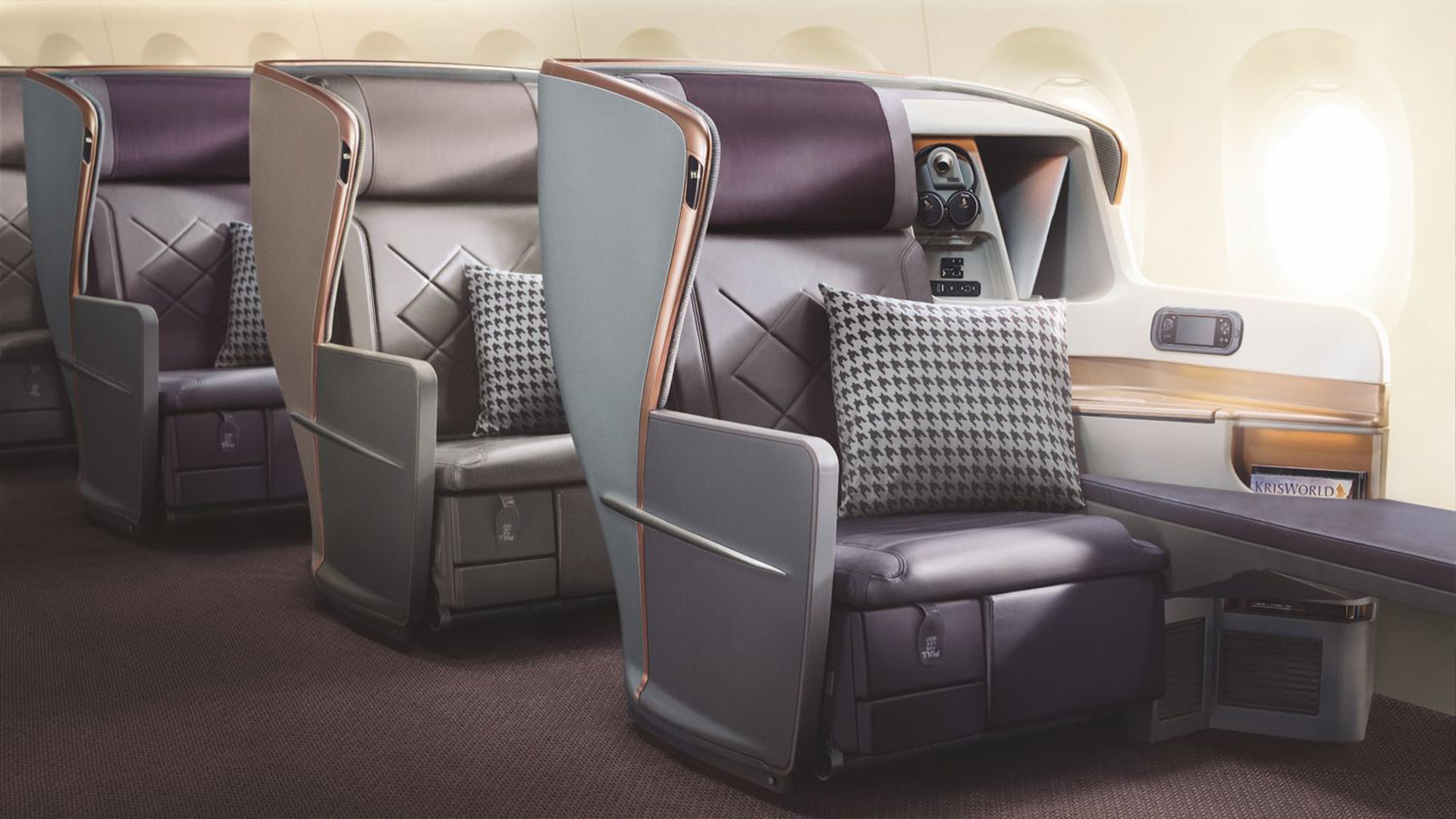Travel hacking generally involves various methods of accumulating points and miles for future travel without the need to fly or book hotel stays. This approach includes the tactical use of credit card points or miles, as well as those accrued through airline and hotel loyalty programs, to obtain discounted or complimentary travel and additional benefits.
Getting Started with Travel Hacking
If you find the idea of travel hacking intriguing and you’re ready to dive in, here are some pointers to help you begin:
Set a Goal The initial step in your travel hacking adventure is to establish a clear travel objective. Accumulating points without a specific goal can lead to wasted effort. When I began in 2011, I concentrated on earning Delta SkyMiles and American AAdvantage miles for a European trip. Unfortunately, I later realized that American Airlines had limited routes to Europe at that time, and United MileagePlus miles would have been a far more suitable choice.
Consider your destination well in advance before you start gathering points. Then, explore the most effective rewards programs that can facilitate your journey.
Choosing the Right Rewards Credit Card
The simplest method to increase your points balance is through a rewards credit card. Once you sign up and are approved, you can often earn a welcome bonus of 50,000 or more points by meeting a spending threshold over a period of three months or longer. While the welcome bonuses are a major attraction, you should also consider leveraging category bonuses and annual spending bonuses to optimize your regular spending in the long run.
The continuous rewards offered should play a crucial role in deciding on your travel rewards card. Many people will find it advantageous to opt for credit cards that offer transferable rewards such as the following:
- American Express Membership Rewards
- Citi ThankYou points
- Chase Ultimate Rewards
- Capital One miles
These rewards programs offer flexibility by allowing you to transfer points to various airlines or hotel programs on a 1:1 basis. If one airline doesn’t have available award seats on your chosen travel dates, you can switch your points to another that does. This flexibility gives you options and safeguards against potential devaluations of the programs.
Before applying for credit cards, ensure you meet the qualifications and are ready to fulfill any application requirements. Consider the following:
Your Credit Score: Typically, the best travel rewards cards require a good credit score. To use credit cards effectively in travel hacking, aim for a credit score of at least 700. If your score is still improving, it might be wise to wait until it’s higher to enhance your chances of approval.
Application Rules: Each bank has specific rules for credit card approvals. For example, Chase’s well-known 5/24 rule limits welcome bonuses if you’ve applied for five or more credit cards in the past 24 months. Amex has a once-per-lifetime rule, which means if you’ve received a welcome bonus for a card, you cannot receive it again for the same card. Familiarize yourself with these rules to improve your chances of getting a travel rewards card.
Financial Considerations: If you find it challenging to pay off your credit cards monthly, travel hacking with credit cards might not be suitable for you. The high interest rates on these cards can outweigh the benefits of any rewards earned. If you doubt your ability to clear your balances, consider other methods to accumulate points and miles.


